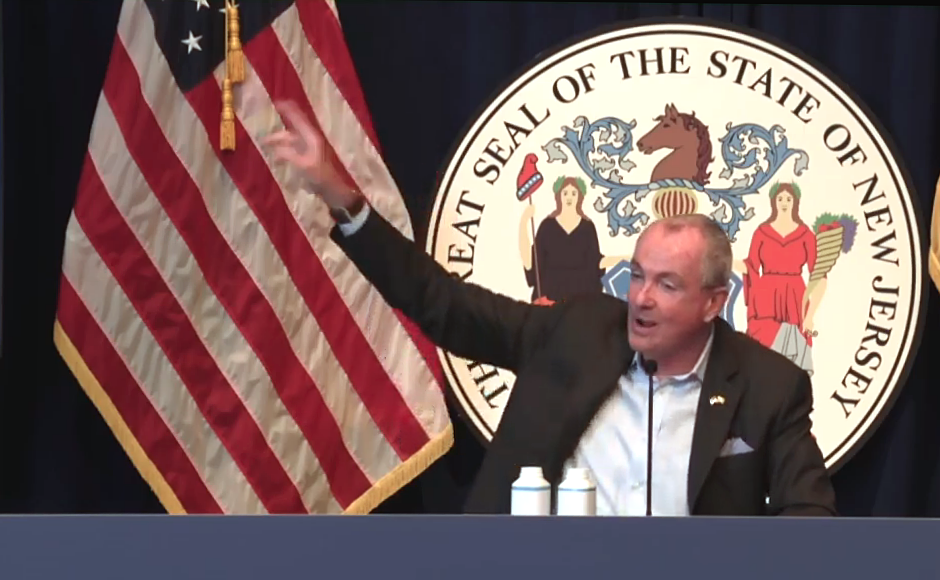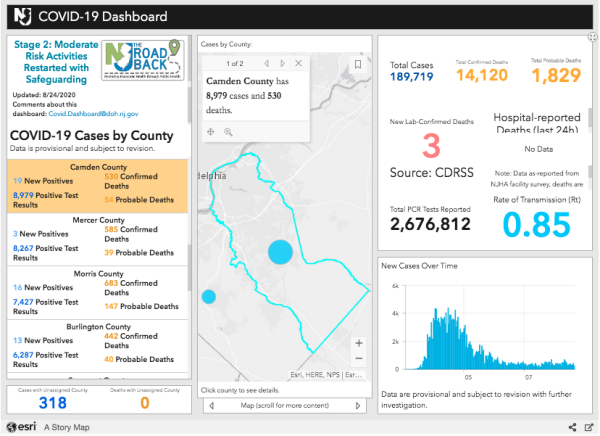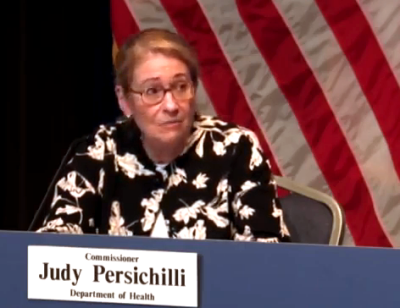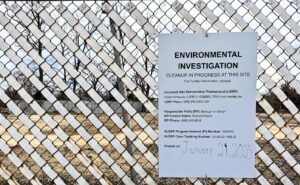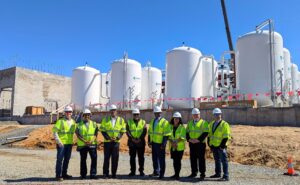Co-chair of the state Restart and Recovery Commission says college students are ‘wrong demographic’ for safe reopening, while Gov. Murphy says out-of-state, indoor activities won’t influence New Jersey policies.
By Matt Skoufalos | August 24, 2020
Another 225 New Jersey residents have tested positive for novel coronavirus (COVID-19), bringing the statewide total to 189,719 cases, Governor Phil Murphy reported Monday.
Sadly, three more residents have perished from complications related to the virus, bringing the statewide death toll to 14,120 lives lost during the pandemic.
Those deaths all occurred within the last nine days, Murphy said.
In addition to those lab-confirmed fatalities, the state has acknowledged another 1,829 probable COVID-19-related deaths.
Rate of transmission (Rt) down to 0.85, spot positivity highest in South Jersey
The statewide average of COVID-19 spot positivity testing stood at 1.33 percent August 20, below 2 percent for a fourth consecutive reporting day, Murphy noted.
Still, it’s highest in South Jersey, at 1.98 percent.
Rt, the variable that describes the seven-day, rolling-average rate of transmission of new COVID-19 cases, fell to 0.85 from samples taken August 22.
An Rt figure less than 1.0 means that each new COVID-19 patient is infecting less than one other person, on average, and the spread of the virus is decreasing.
Since its mid-April COVID-19 spike, the highest reported RT in New Jersey was 1.48, recorded August 1. The lowest was 0.62, recorded June 9.
Long-term care accounts for half of all deaths, a fifth of those infected
Throughout New Jersey, 446 people currently are hospitalized with a case of COVID-19: 227 have tested positive for COVID-19, and 219 are awaiting confirmation of their symptoms.
Among those hospitalized patients, 66 are in intensive or critical care, and 27 of the ICU and critical-care patients (41 percent) are on ventilators.
Across the state, 635 long-term care (LTC) centers have reported at least one case of COVID-19, and 189 are dealing with an active outbreak.
LTCs account for 37,840 infected patients and staff in New Jersey, or 20 percent of total cases.
That includes 24,696 residents and 13,144 staffers sickened by the virus, as well as 7,048 lab-confirmed resident deaths (50 percent of the statewide total) and 120 facility-reported staff deaths.
Of 654 veterans residing in a state-run home, 388 residents have tested positive for COVID-19, and 146 have died from complications related to the virus. Nine veterans presently are hospitalized with COVID-19, and 242 have recovered from the virus.
At state-run psychiatric facilities, 213 of 1,183 patients and 515 staff members have tested positive for COVID-19. Thirteen patients and seven staffers have died from complications related to the virus.
To date, 56 New Jersey children aged 1 to 18 have been diagnosed with pediatric multisystem inflammatory syndrome, New Jersey Health Commissioner Judy Persichilli said, announcing on Monday the first additional, confirmed case in weeks.
All those pediatric patients have tested positive for an active COVID-19 infection or the presence of COVID-19 antibodies, indicating exposure to the virus. No deaths have been associated with this syndrome in New Jersey.
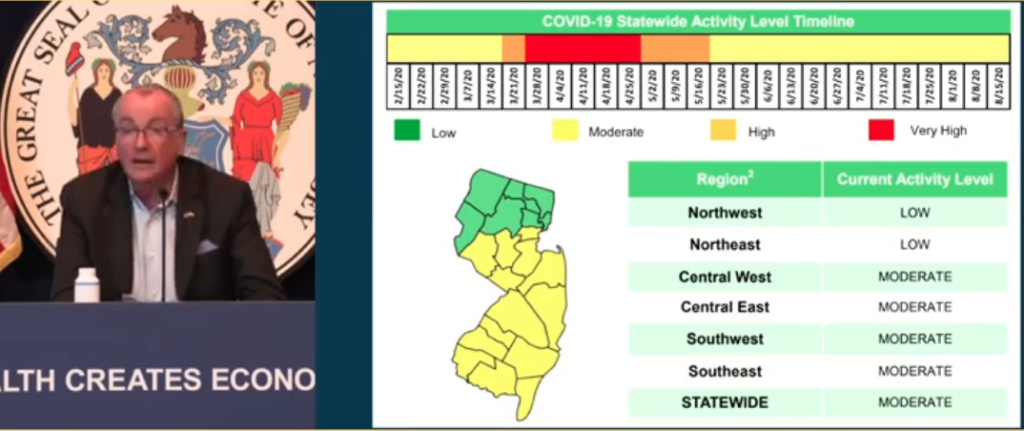
The NJDOH-created COVID-19 regional infection tracker will be used to guide school reopenings. Credit: NJ Pen.
Schools safe for reopening ‘with precautions,’ but colleges raise concerns
According to the regional, color-coded pandemic tracker created by the New Jersey Department of Health (NJDOH), “the state is safe for school reopening with the right precautions in place at the individual school level,” Murphy said.
More school districts are filing reopening plans with the New Jersey Department of Education (NJDOE), the governor said. In total, 745 plans have been submitted, but the agency has only deemed 251 of them to be complete. Another 389 have been returned for revision, and 105 are awaiting review.
By the numbers, 436 (59 percent) are opting to reopen with a hybrid model of in-person and remote instruction. Roughly 25 percent, or 180 districts, have chosen an all-remote opening to the year, and 59 (8 percent) will reopen with fully in-person learning. Another 11 plans (0.7 percent) offer a mix of all of the above.
Despite the moves from public school districts, Princeton University President Emerita Shirley Tilghman, co-chair of the New Jersey Restart and Recovery Committee, expressed concerns that colleges and universities could put their campuses at risk by reopening too soon in person.
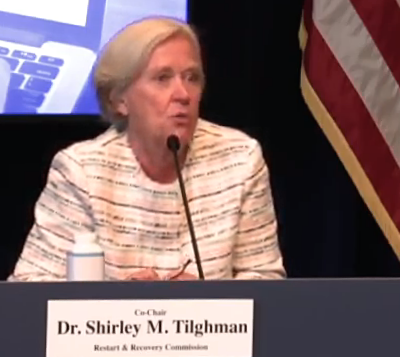
Shirley Tilghman, Co-Chair, NJ Restart and Recovery Committee – COBID-19 Briefing, 8-24-20. Credit: NJ Pen.
“Frankly, it’s the wrong demographic,” Tilghman said.
“Eighteen-to-22-year-olds, their prefrontal cortex is not fully developed, and I think we do have to worry to a certain extent.
“The virus is still here; it has not gone away,” she said.
Tilghman also expressed concerns that people who rely on outdoor activities for recreation and mental health “are not going to be able to experience the great outdoors as they are now, and that’s a risk.”
More generally, she said the pandemic disproportionately has harmed “disadvantaged communities, particularly communities of color,” not only in terms of their fatality and infection rates during the peak, but also in “the sequelae of the pandemic,” i.e., its long-term aftereffects.
Murphy ‘hopes’ to get to indoor activities ‘sooner than later’
Pressed again to offer a timeline for restarting indoor activities like dining and fitness—which neighboring states like Pennsylvania and New York are beginning—Murphy said New Jersey still isn’t ready for them.
The governor also said “the regional thing” by which his administration believes public schools are ready to reopen “doesn’t really work, at least on things like dining, and where you’ve really got a choice.”
Murphy argued that local schools generally pull from a static, geographical population to which commercial activities like dining and exercise are not confined.
“Sustained data that’s good is what we’re looking for” ahead of reopening indoor businesses, “and we think we’re getting into that neighborhood right now,” the governor said.
“Assuming it stays that way, I hope we’ll be able to get to some indoor steps sooner than later,” Murphy said.

